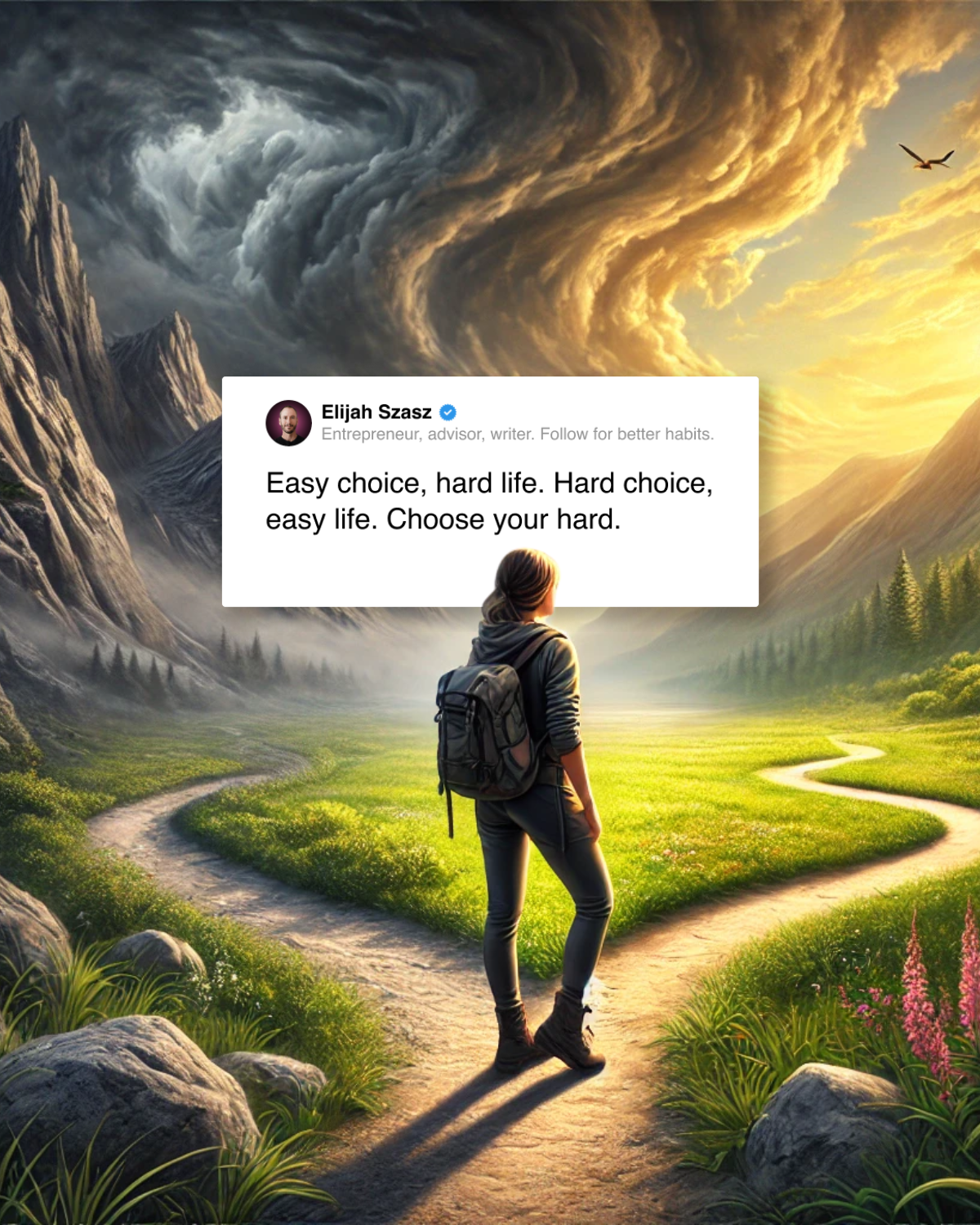The Easy Bias Effect: How Avoiding Hard Choices Undermines Innovation
In product design, marketing, and tech leadership, we make countless decisions every day. Many feel rational. Logical, even. But beneath that logic, there's a hidden bias: our brains instinctively favor the easier option, even when it's not the best one. This unconscious shortcut, The Easy Bias Effect, can quietly stall innovation, slow down growth, and cost teams more in the long run. But with awareness and a few strategic shifts, you can train yourself and your teams to choose better by default.
1. What Is the Easy Bias Effect? The Easy Bias Effect is a cognitive shortcut where the brain unconsciously favors the path of least resistance. This was evolutionarily useful when conserving energy was a matter of survival. But in a business context, this bias can lead to stagnation:
Sticking with outdated UX flows instead of testing new ones
Avoiding hard conversations about product-market fit
Skipping strategic planning in favor of short-term wins
In short: easy decisions now often create harder problems later.
2. The Cost of Comfortable Decisions Choosing the easy route can feel efficient in the moment. But what looks like a shortcut is often a detour that leads to technical debt, misaligned teams, or customer churn. Here are a few examples:
Avoiding refactors → Slower dev velocity over time
Rushing onboarding flows → Higher drop-off rates
Saying "yes" too often → Diluted product vision
Every easy choice accrues a kind of interest. If you're not careful, the debt compounds.
3. Rewiring Teams to Choose Growth You can shift the culture of decision-making by building muscle around choosing the better (and often harder) path. Here’s a 3-week framework to spark this shift in your product or leadership team:
Week 1: Awareness
Ask: "Am I choosing this because it's easy or because it's right?"
Start a decision journal. Capture one instance daily where you caught the bias.
Week 2: Intentional Action
Encourage discomfort in small doses: new experiments, brave feedback, bold pitches.
Celebrate moments where someone chose the harder-but-better route.
Week 3: Momentum
Default to the growth path. Prioritize meaningful over easy.
Reflect: What’s changed? Where has progress accelerated?
4. Building the Muscle of Better Decisions Choosing growth over ease isn’t about being a hero. It’s about building systems and cultures that reward deliberate, better decisions. Over time, what was once hard becomes second nature.
This mindset shift isn’t just for individual growth. It’s foundational to innovation. Because the real breakthroughs? They’re almost never found on the easy path.
Want help applying this to your product or strategy? We’re ready when you are → Let's get started.

